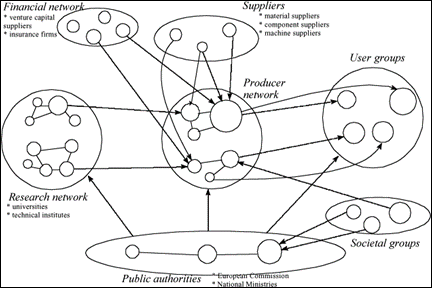Roadmap Discussions
In this guide
In this guide204. Participants then discussed the roadmap and whether it would be a linear process. It was stated that it was not a linear process. It is an iterative interactive process, and the steps can interchange throughout with no specific order. It needs industry to have an input and to be working with the regulators. Some NAMs could be used now but others need more research and development (R&D) and perhaps there needs to be a more strategic approach on that.
205. There needs to be a timeline associated with this process so that there is something to work towards. A socio-economic evaluation of any proposed timeline is needed. The inability to innovate might be a socio-economic evaluation.
206. There could be a safer by design section under R&D.
207. We could show what can and cannot be done using these approaches and which work best. Which NAMs show an early signal that something is happening, and which are useful, and which are less useful.
208. Throughout the processes defined by the Roadmap there should be a "communication strategy" and consideration for bringing dissemination of different aspects of this work, at critical points, to all interested stakeholders.
209. Training in the form of next generation toxicologists and NAMs expertise will be key and is a designated step in the roadmap.
210. Dissemination is also key. The FSA propose to set up a cross Whitehall group to share knowledge in this area across government departments.
211. One of the things that is becoming clear is that the science is understood, but consideration needs to be taken of other legitimate views. Who needs to be involved in discussions? Are there areas for social science? It is apparent that this is broader than just science. Participants highlighted that it is good to see socio technological barriers on one of the steps on the roadmap.
212. The main motivation is to better ensure human safety and not the replacement of animals per se. However, political priorities might differ and hence undermine the science.
213. Ultimately, the main aim is to build a framework that is fit for purpose. There needs to be a position in the UK on delivering the Roadmap.
Interactive Session on the social-technological barriers
214. The participants were introduced to, and briefed on, the concepts of social technological transitions and showed diagrams in the field which explored how technological acceptance occurs (Figure 4).
A
B
Figure. 4 Socio technological transitions and processes. A (taken from Geels 2002) B (taken from Geels and Schot 2007).
Figure 5. Output from the interactive session on social-technological barriers.
215. The participants were then given some time to map out the possible societal technological barriers in NAMs as well as the fundamental needs and connections between them. Figure 5 demonstrates the outputs of the discussions. Economics, training, and funding were key themes with a strong emphasis on the gains/benefits and the loss in not using these new technologies to protect the public.
216. There is a need to predict the socio-technical barriers and identify the gaps and who it will be important to contact/work with.
217. Will a timeline change the landscape and the pressure to move forward? Putting a deadline makes people act. All the investment is given to it. However, other people scrutinised that timelines may lead to loss of innovation opportunity and may impact on food security.
218. Can we learn lessons from the acceptability/resistance to new technological advances e.g., smartphone (radiation). However, people realise the benefit of the mobile phone. Gene modified foods had tremendous resistance. How can NAMs be moved forward and build confidence that NAMs is the way to go? Social science will have an important role to play.
219. The survey done in the aftermath of the formal consultation of GM food showed that not many of people were against GM food but did not understand the benefits.
220. Therefore, showing the roadmap and understanding that there are chemicals that cannot be risk assessed because there is no safety information. It would be better to be able to say that there was high, medium, or low risk than to say nothing at all. There is a need to demonstrate that NAMs can enhance innovation too.
221. What impact will the Roadmap have on education? Funding bodies for research should push more for the development of NAMs. Journals have pushed scientists to validate NAMs with animal models. Does there need to be education for journals? Is there a need for a policy initiative? Will the UK policy need a major push for funding?
222. Committees that can use NAMs should be encouraged to use them.


